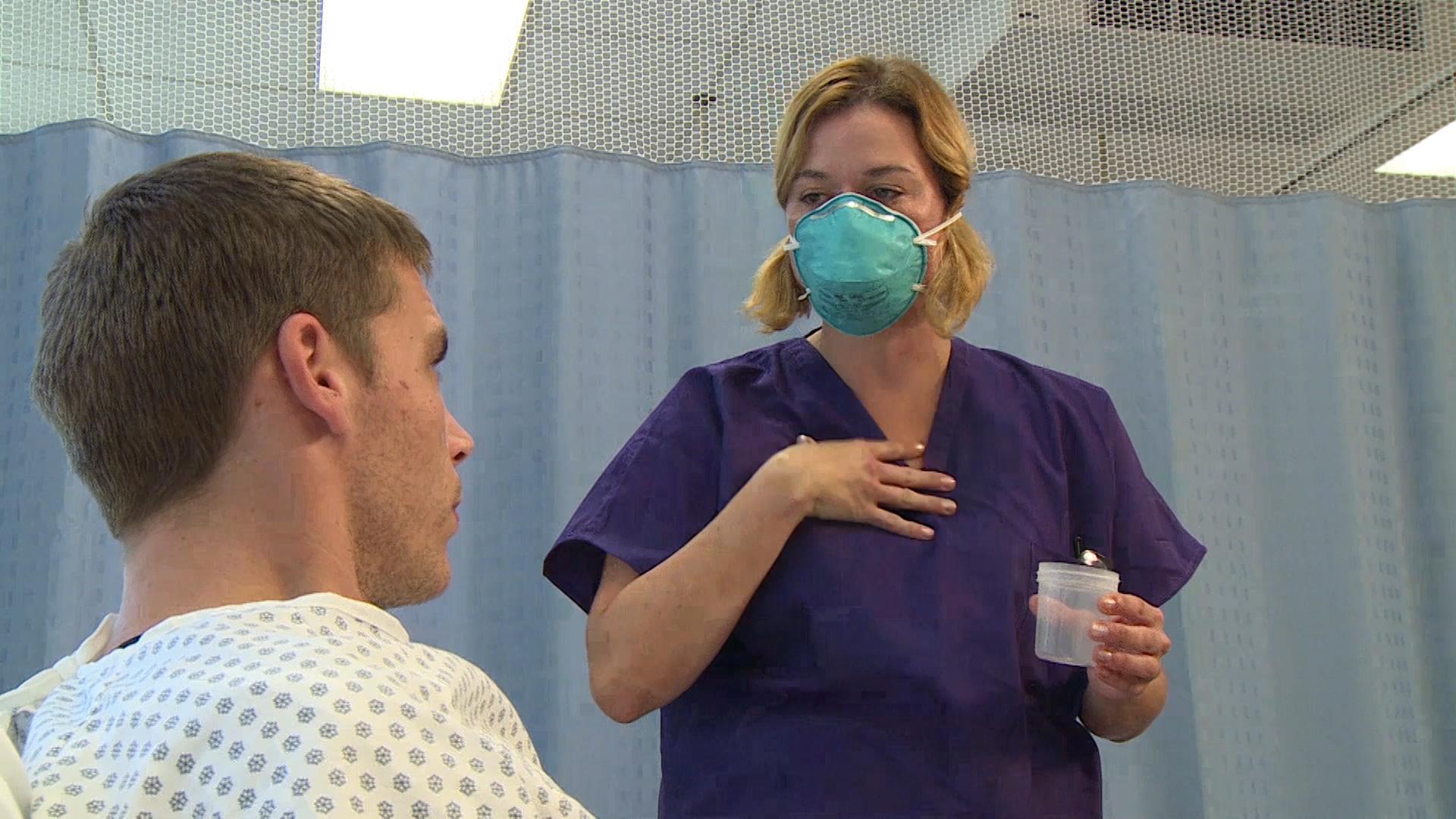Tuberculosis (TB) is a serious infectious disease that can be particularly dangerous in the healthcare environment. TB is caused by a bacterium called Mycobacterium tuberculosis, primarily affecting the lungs. However, it can also affect other body parts, such as the spine, brain, and kidneys.
The importance of preventing and controlling TB in the healthcare environment cannot be overstated. Healthcare workers are at increased risk of exposure to TB because they work with patients who may have the disease, and TB can be transmitted through the air when an infected person coughs, sneezes, or speaks. If left untreated, TB can be fatal.
To prevent and control TB in the healthcare environment, employers need to implement a comprehensive TB control program. This should include screening and testing for TB among healthcare workers, patients, and visitors, as well as providing TB education and training to workers and patients.
In addition to screening and testing, employers should also implement engineering and administrative controls to prevent the spread of TB in the healthcare environment. This can include ventilation systems that prevent the spread of TB through the air, as well as policies and procedures for isolating patients with TB and using personal protective equipment (PPE) when caring for these patients.
In addition to preventing and controlling tuberculosis (TB) in the healthcare environment, there are several key strategies that employers can use to help reduce the risk of TB transmission in their workplace. These include:
- Screening and testing for TB among healthcare workers, patients, and visitors. This can help identify individuals who may have TB and allow for early diagnosis and treatment to prevent the spread of the disease.
- Providing TB education and training to healthcare workers and patients. This can help workers understand how TB is transmitted, how to recognize the symptoms of TB, and how to properly use personal protective equipment (PPE) when caring for patients with TB.
- Implementing engineering and administrative controls to prevent the spread of TB. This can include ventilation systems that prevent the spread of TB through the air, as well as policies and procedures for isolating patients with TB and using PPE when caring for these patients.
- Conducting regular TB risk assessments. This can help identify potential sources of TB transmission in the healthcare environment and can allow employers to take steps to control or eliminate these hazards.
For more information on preventing and controlling TB in the healthcare environment, employers can refer to the Centers for Disease Control and Prevention’s (CDC) guidelines on TB control in healthcare settings. These guidelines provide detailed recommendations for implementing a comprehensive TB control program, including screening and testing, education and training, engineering and administrative controls, and risk assessment.
Overall, preventing and controlling TB in the healthcare environment is essential for the health and safety of healthcare workers and patients. By implementing a comprehensive TB control program and using engineering and administrative controls, employers can help prevent the spread of TB in the healthcare setting.
Do you need Online Training for Tuberculosis?
Try a free demonstration of our Tuberculosis training course, where you can see the full content of the training program and how the system works from the perspective of the trainee:










